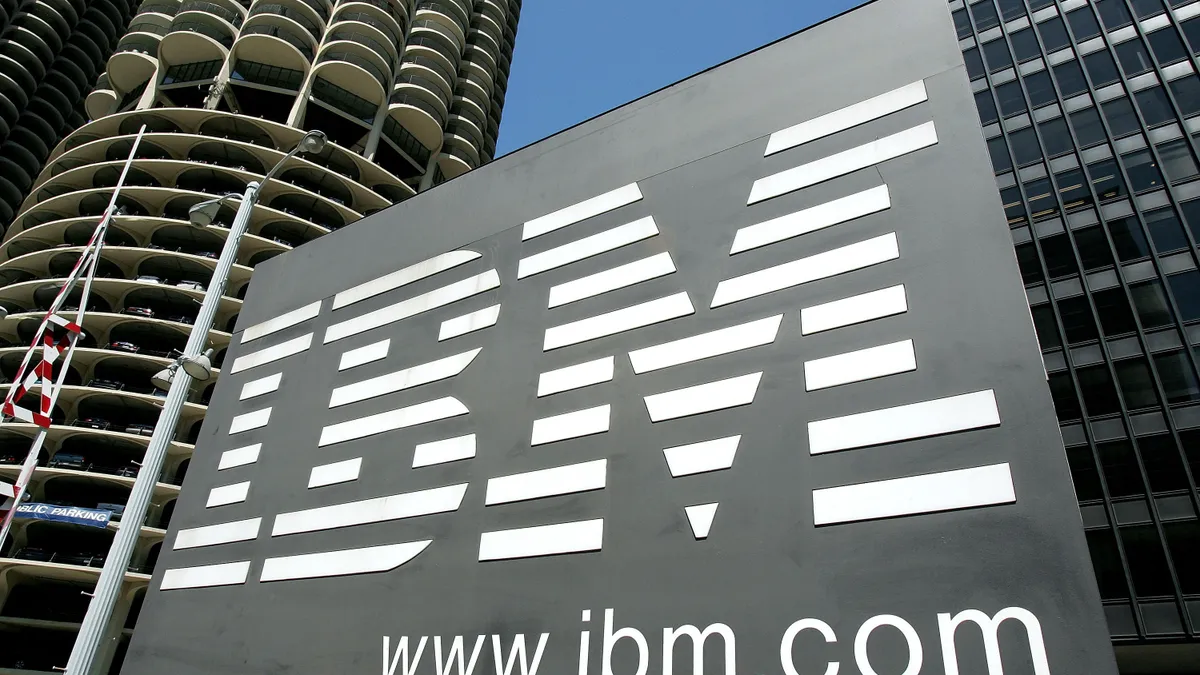Carbon emissions, environmental degradation and a broader palette of sustainability issues are becoming a C-suite priority for many businesses — and a technology problem for enterprise IT leaders.
Tech not only has a seat at the table when sustainability is up for discussion — they have potential solutions at hand.
Cloud migration is already paving the way for significant carbon reductions. A 2020 Accenture-UNCG study found public cloud cut carbon emissions from overall IT operations by 5.9% globally, reducing annual CO2 from IT by 60 million tons.
In its June survey of 500 multinational companies, Accenture found that seven in had deployed AI to achieve emissions reductions and 75% were using the technology to better measure and more effectively disclose carbon use.
With these gains in mind, corporate executives, boards of directors and other stakeholders are moving sustainability up their list of action items. The move is prompted by growing public pressure, governmental regulatory actions and the realities of weather-related operational disruptions.
Spikes in energy costs combined with the promise of revenue gains from more efficient energy can also be a key motivator.
“No doubt, sustainability is top of mind right now for many business leaders, in large part because employees and customers and investors and regulators are asking about it and are interested in it,” said IBM CIO Kathryn Guarini in an interview with CIO Dive. “It has risen in terms of attention and priority across companies.”
Indeed, environmental issues ranked as a top-10 business priority for CEOs, according to a May survey of 400 chief executives by Gartner. Sustainability jumped to No. 8 spot, from 14 in 2019 and 10 in 2015, cracking the top 10 for the first time.
Where companies find green gains
Green gains come in different shapes and sizes, and there is still vast room for improvement.
Cloud has been a big difference maker in the area of energy efficiency gains, according to Chris Noble, co-founder and CEO of Cirrus Nexus.
“Cloud is definitely more efficient, because you get better density and you're sharing hardware,” Noble said. “But it doesn't mean that you're not causing carbon to be produced.”
Cirrus Nexus introduced a cloud management platform that tracks and reduces carbon emissions using analytics to identify the most energy efficient data centers by region.
A new study by the company, released Thursday, spotlights the cleanest — and dirtiest — regions of the country for data center carbon emissions. California and Northwest rate highly as clean regions to deploy data centers; Texas falls in the middle; and the Midwest earns low scores due to its high use of coal and natural gas rather than renewables.
By shifting processing loads by region and locating data centers in areas that utilize a greater proportion of renewable energy sources, companies can reduce their carbon footprint.
But reduction may come at a cost. In addition to providing cleaner energy sources, California is also the most expensive data center region, with workloads costing up to 10% more than in other regions, according to the study.
Beyond the cloud
Individual companies and industries are finding different ways to confront sustainability at scale and push beyond the efficiency gains of cloud.
Advanced analytics carbon footprint metrics and energy grid management software are two sustainability technology solutions in addition to cloud migration highlighted by analysts at Gartner in an April report.
“Many of the goals and the objectives that we've had at IBM, whether its adoption of hybrid cloud or the reuse of technology components, are levers for improving sustainability,” Guarini said.
Boeing introduced Cascade, a data modeling tool to reduce carbon emissions in July, with an aim toward reaching net-zero emissions, according to Boeing CIO Susan Doniz, who spoke as part of a Reuters virtual symposium on Thursday.
Boeing is looking at other paths toward sustainability as well. “When you think about reducing waste and about automation tools — that's where we play a fundamental role," Doniz said. "It’s not just about the cloud and sustainable cloud technology; it's also in how do we eliminate waste.”
For many CIOs, it’s also about communicating the potential gains of a better sustainability posture.
"We're finding those intersection points between strategic priorities and initiatives that also help to drive sustainability and actually help you to realize business results and revenue growth,” said Guarini. “That's a happy intersection point, which I think is helping companies get some momentum around sustainability.”






















